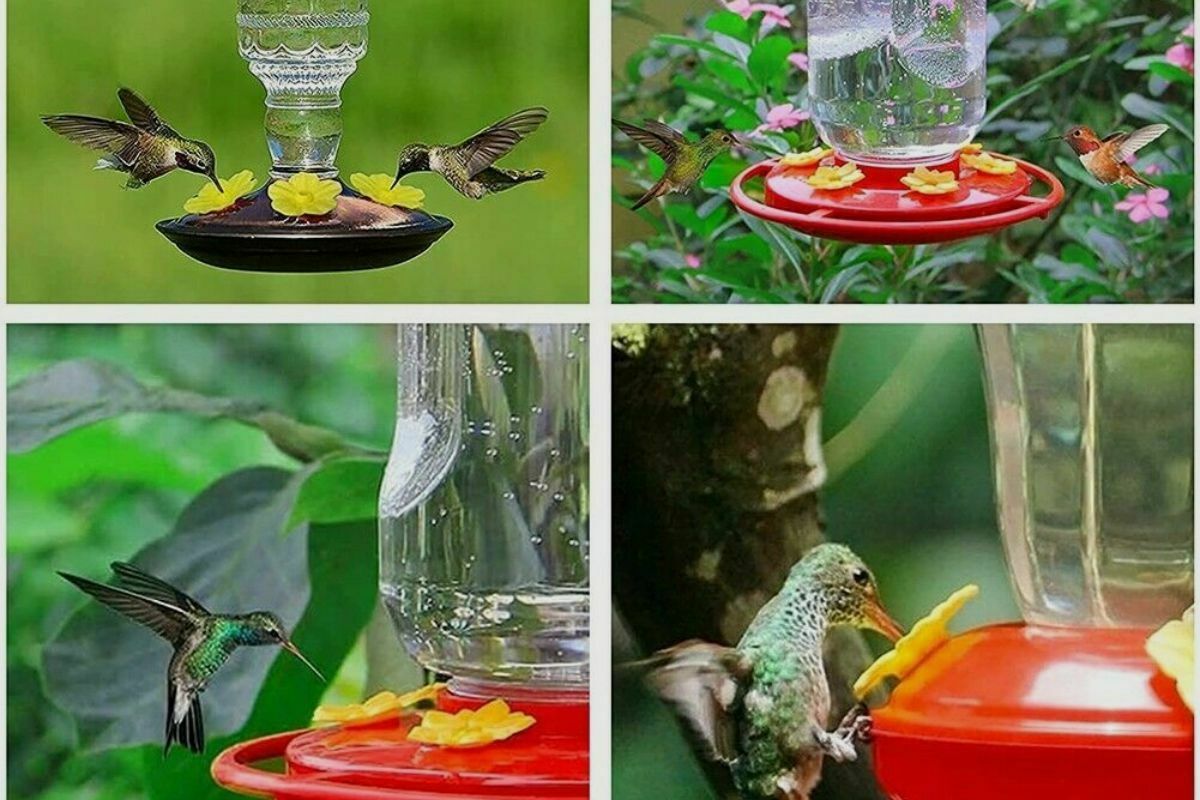Leaky hummingbird feeders can be quite frustrating, but fortunately, there are simple ways to fix them. In this article, we will explore effective methods to prevent drips and leaks in hummingbird feeders, as well as important considerations when choosing a new feeder. By following these steps, you can ensure that your hummingbird feeder functions properly once again.
Preventing Hummingbird Feeder Drips and Leaks
To prevent drips and leaks in your hummingbird feeder, it is crucial to identify and address the root cause of the problem. Start by checking the base and lid to ensure they are securely fastened and that the seal or gasket is intact. If necessary, replace these components with properly fitting ones.
If your feeder continues to leak from the sides or bottom, consider replacing any faulty or broken parts before refilling it. If all else fails, it may be time to invest in a new hummingbird feeder that better suits your needs and budget. Researching models with longer warranties can help ensure durability and prevent leaks.
Common Causes of Hummingbird Feeder Leaks
The most common causes of leaking hummingbird feeders are faulty seals and broken parts. Faulty seals allow nectar or water to escape from the base or lid of the feeder, while broken parts such as tubes or valves can cause leaks from other areas. To prevent leaks, always check that the seals are tight and secure before filling the feeder, and inspect all parts for any damage.
Another possible cause of leaks is improper filling methods or overfilling the feeder beyond its capacity. Avoid overfilling to prevent pressure buildup within the reservoir tank and tubes, which can lead to leakage over time. Leave some space at the top of the feeder for expansion during hot weather conditions when the sugar solution may expand due to heat.
Additionally, check for any debris blocking the openings of the feeder, such as drainage holes. Clearing out any blockages periodically will prevent overflowing and leaks caused by excess humidity.
Choosing the Right Hummingbird Feeder for Your Needs
When selecting a new hummingbird feeder, consider factors such as size, material type, design features, durability, price point, and warranty coverage. Choosing the right feeder will ensure it meets your future needs without premature breakdown.
Opt for feeders made of thicker plastic and stainless steel components, as they are more durable and can withstand extreme weather conditions. Look for models with built-in ant-moat features or tight-fitting lids to keep out pests and maintain the freshness of the nectar. Check the warranty coverage of each model to ensure you are protected in case of any issues.
Design features are also important. Look for feeders that are easy to clean and allow for customizable filling methods based on your specific needs. Consider features like pre-set refill levels, different size perches, or adjustable flow rates from multiple ports to attract different bird species.
Lastly, prioritize feeders with higher quality build materials and secure base mounting brackets to prevent tipping over in strong winds or other external forces.
Conclusion
While repairing leaking hummingbird feeders can be challenging, proper maintenance and care can minimize the need for repairs. Regularly clean and remove debris from the feeder to prevent clogs and leaks. If your feeder continues to leak, check the seals, gaskets, and parts before considering a replacement.
When choosing a new hummingbird feeder, take into account size, material type, design features, durability, price, and warranty coverage. By selecting a high-quality feeder, you can enjoy watching hummingbirds without the hassle of leaks.
